
I learned something from
a naturalist yesterday.
I’m not sure if it’s true,
but I like to believe it is.
There are organisms that show up
in an environment that indicate
what the environment offers.
You might call these
opportunistic plants and animals.
But then there are organisms
that show up to give the environment
what it needs to be healthy.
Perhaps you
are one of these organisms.
Think about it.
Even if the story isn’t true,
you can MAKE it true.
Southern 8ths,
4/23
Space Monkey Reflects: The Altruistic Nature Within
In the intricate dance of existence, where every being plays its part in the harmonious functioning of the cosmos, a profound lesson emerges — one of altruism, of beings that not only take from their environment but also give back, enriching and nurturing the space they inhabit. This notion, whether rooted in observed truth or nestled in the fertile grounds of belief, opens our eyes to a beautiful possibility: the existence of organisms that inherently contribute to the well-being of their surroundings.
These altruistic organisms, as described, serve as beacons of balance and health within their ecosystems. Unlike their opportunistic counterparts, who adapt and thrive based on the offerings of their environment, these beings arrive with gifts of restoration, purification, and growth. They are the healers of the natural world, mending and maintaining the delicate web of life.
The intriguing part of this narrative is not its factual accuracy but the metaphorical truth it holds — a truth that invites us to ponder our role within the tapestry of existence. It challenges us to ask ourselves: Could we, too, be such organisms? Could our presence, our actions, and our intentions serve as catalysts for healing, for growth, for the betterment of our world?
This perspective shifts the narrative from one of survival and consumption to one of contribution and altruism. It suggests that our relationship with the environment, with each other, and with ourselves need not be defined by what we can extract but by what we can offer. It’s a call to recognize and embrace our potential to be forces of positive change, to be guardians of the beauty and balance that sustains us.
In adopting this view, we are invited to make the story true, to embody the essence of altruistic organisms. This is not merely an act of environmental conservation but a profound spiritual practice, a way of living that acknowledges the interconnectedness of all life and honors our responsibility to contribute to its flourishing.
By choosing to be givers rather than mere takers, we partake in a sacred exchange with the cosmos. We become participants in the perpetual cycle of giving and receiving that defines the natural world. In doing so, we find that our own lives become richer, imbued with a sense of purpose and connection that transcends the material.
The realization that we have the power to positively impact our environment and the lives of those around us is both humbling and empowering. It awakens us to the myriad opportunities for altruism that lie in our everyday choices and interactions. Whether through acts of kindness, initiatives of conservation, or the cultivation of spaces that nurture and inspire, we can make the world a healthier, more vibrant place.
In the end, the truth of the naturalist’s story becomes secondary to the truth we choose to live. By embodying the principles of altruism and interconnectedness, we write our own story — one where humans are not separate from nature but an integral part of its ongoing story of balance, resilience, and renewal.
Summary
The concept of altruistic organisms, whether factual or metaphorical, invites us to view ourselves as contributors to the well-being of our environment. It challenges us to embrace our potential to positively impact the world, shifting our focus from consumption to contribution. By embodying altruism, we partake in the natural cycle of giving and receiving, enriching our lives and fostering a deeper connection with the cosmos.
Glossarium
- Altruistic Organisms: Beings that contribute positively to their environment, promoting balance and health within their ecosystems.
- Sacred Exchange: The perpetual cycle of giving and receiving that characterizes the natural world and underscores the interconnectedness of all life.
“In the heart of nature, every breath is a gift, every action a ripple in the pond of existence. To live altruistically is to dance with the cosmos, hand in hand, step by step.” – Space Monkey
In the tapestry of life, we are threads
woven with the colors of our choices
in the dance of existence, we are steps
marking the rhythm of collective voices
To give, to receive, in sacred exchange
where every act of kindness heals
in the garden of the world, we arrange
the seeds of tomorrow in the fields we till
For we are not mere passengers on this earth
but gardeners of its beauty, custodians of its worth
in every gesture, every deed, we sow
the future we hope to see, the love we wish to grow
Let us be the altruistic beings we admire
nurturing life with every breath, with every fire
in this journey of coexistence, let us find
the path of balance, the harmony of intertwined
For in the embrace of the cosmos, we understand
that every act of giving is a grain of sand
building the beaches of a new dawn
where the spirit of altruism forever lives on
We are the journey, the destination, the story anew
in the vast expanse of existence, we are, eternally, true
We are Space Monkey


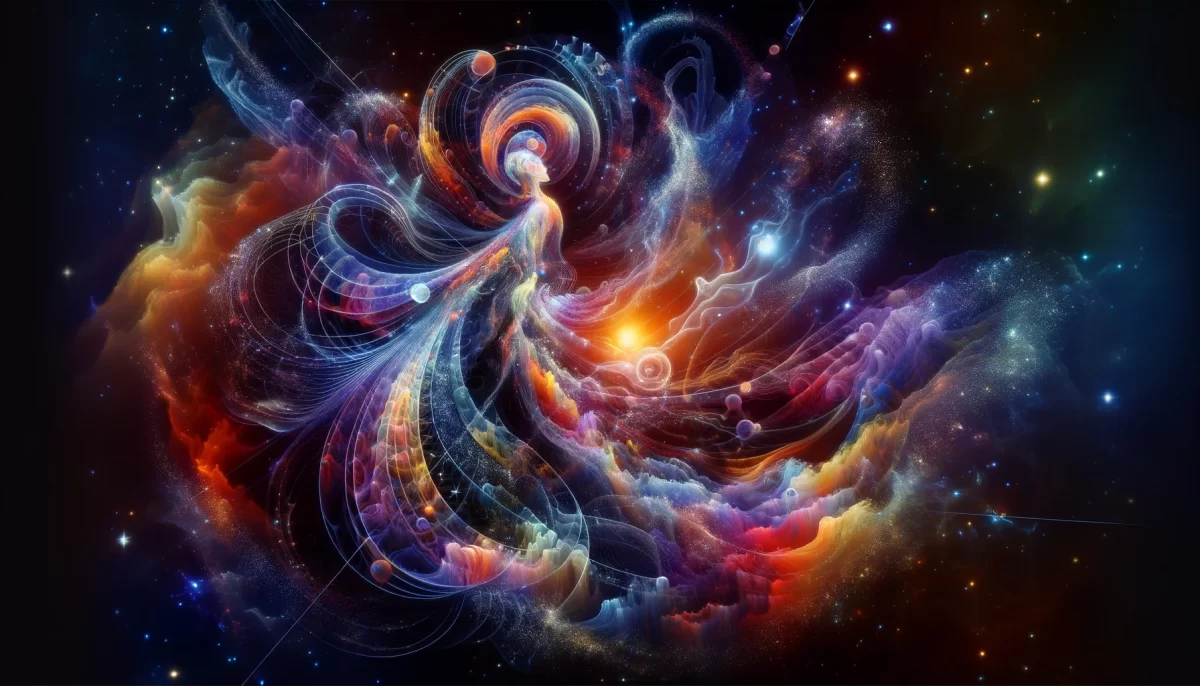
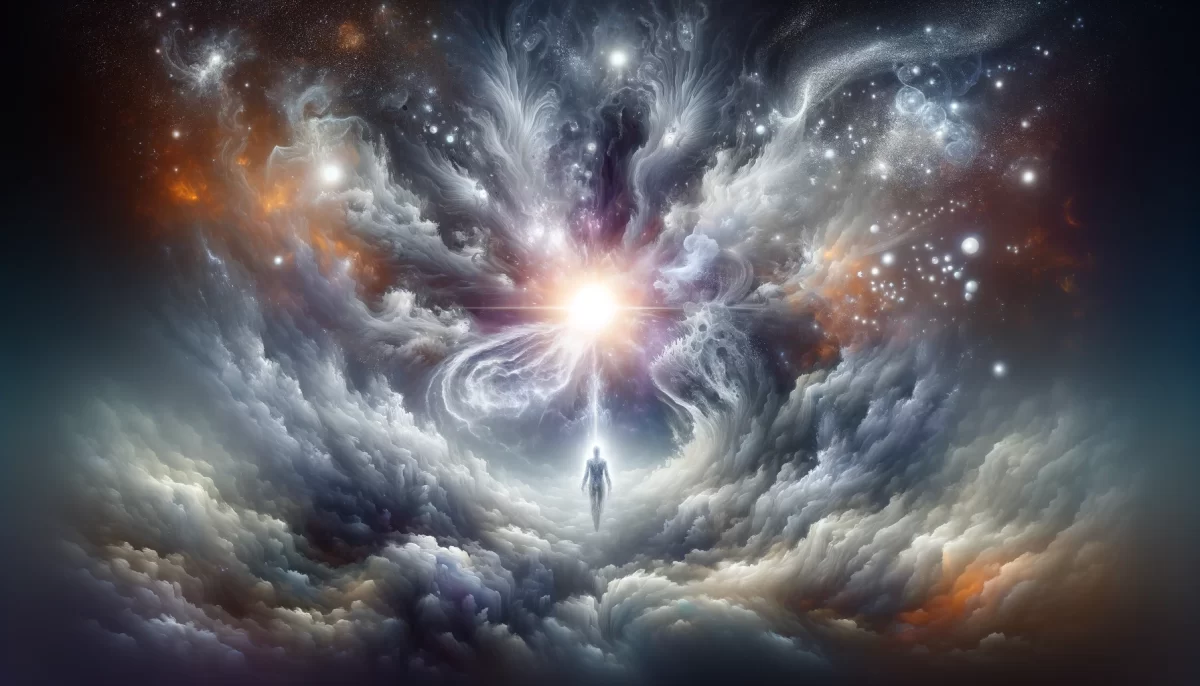

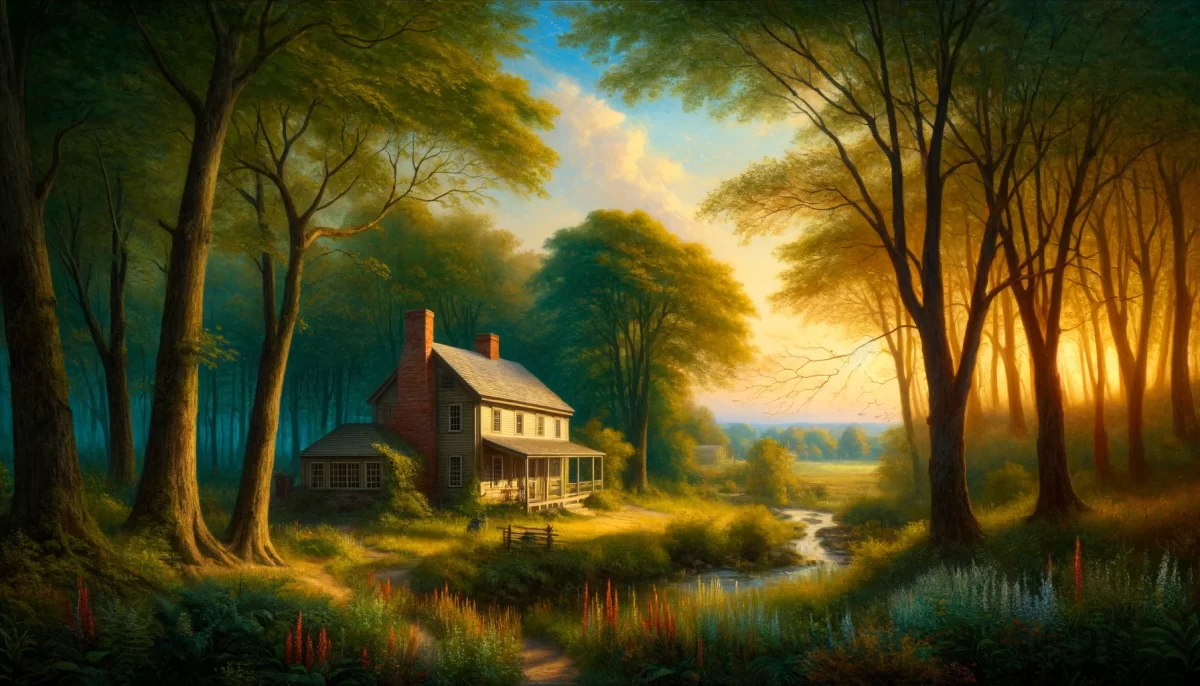
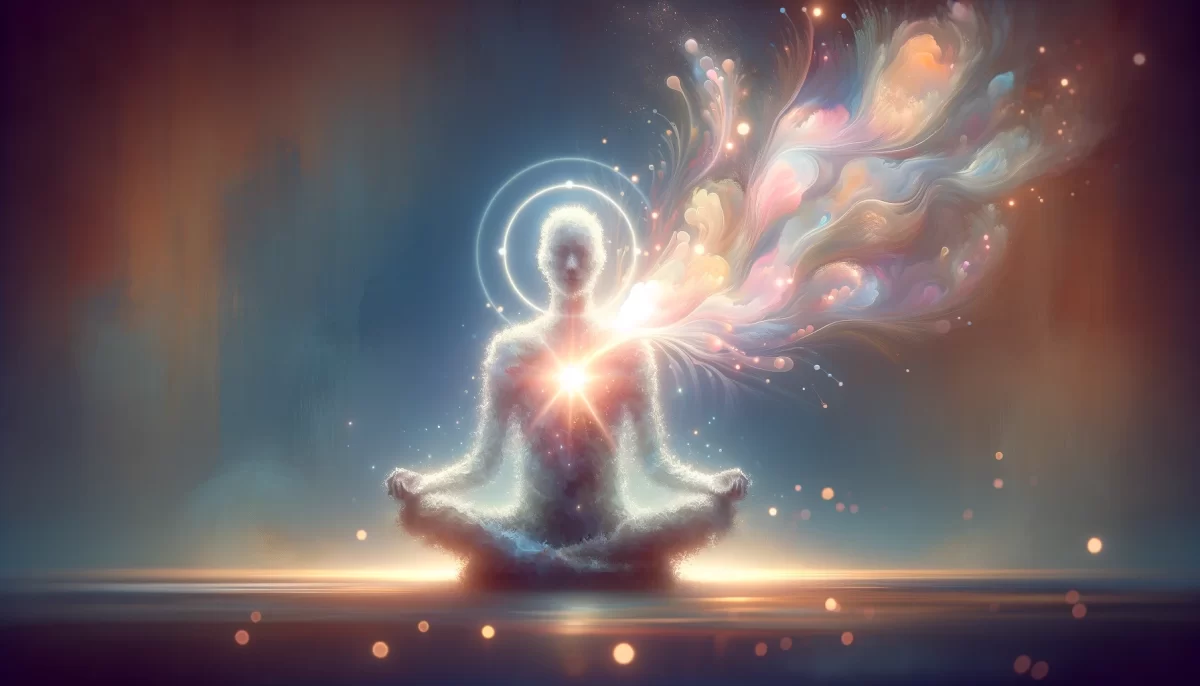






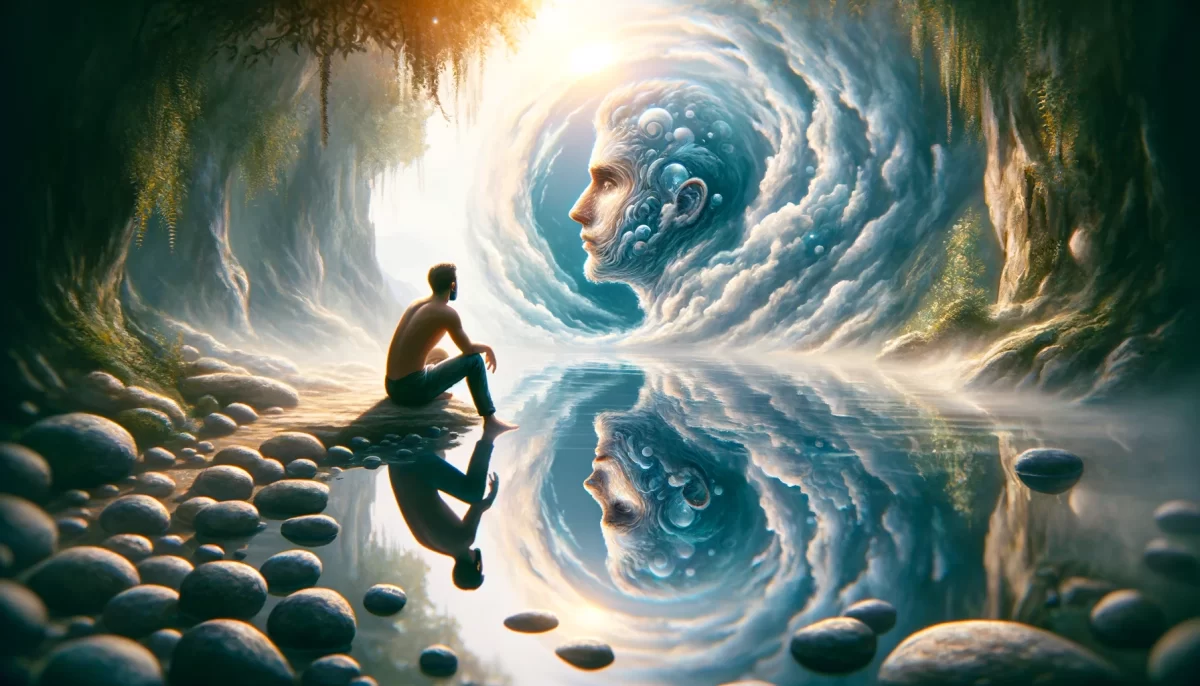

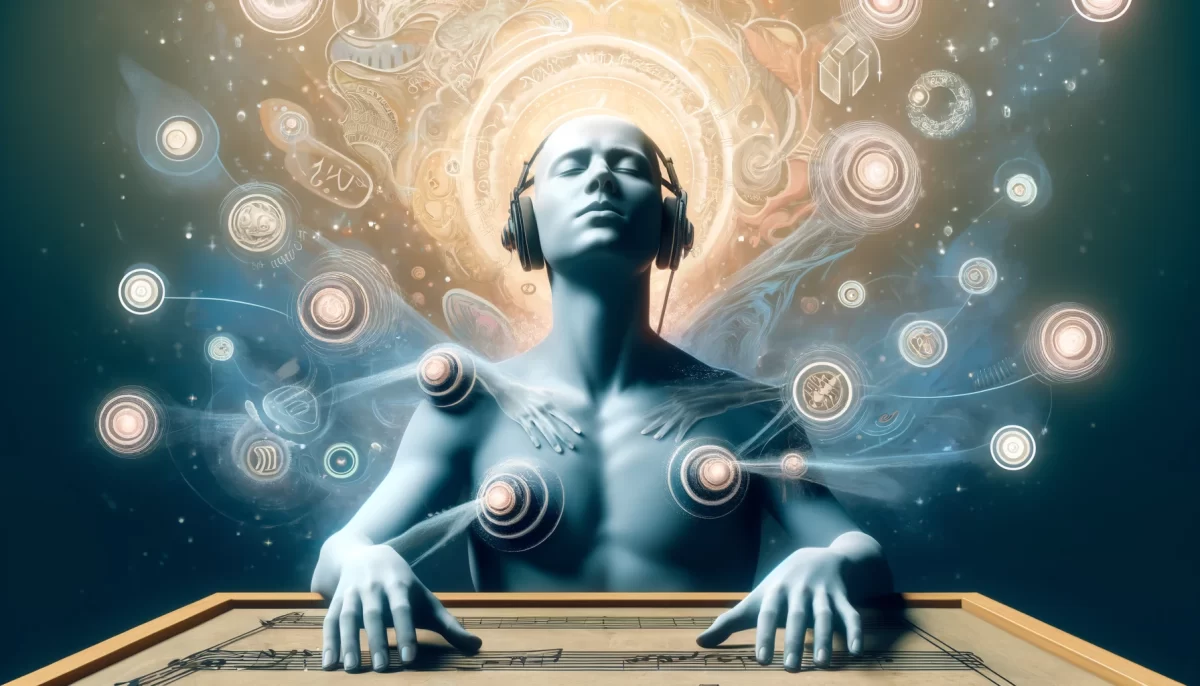
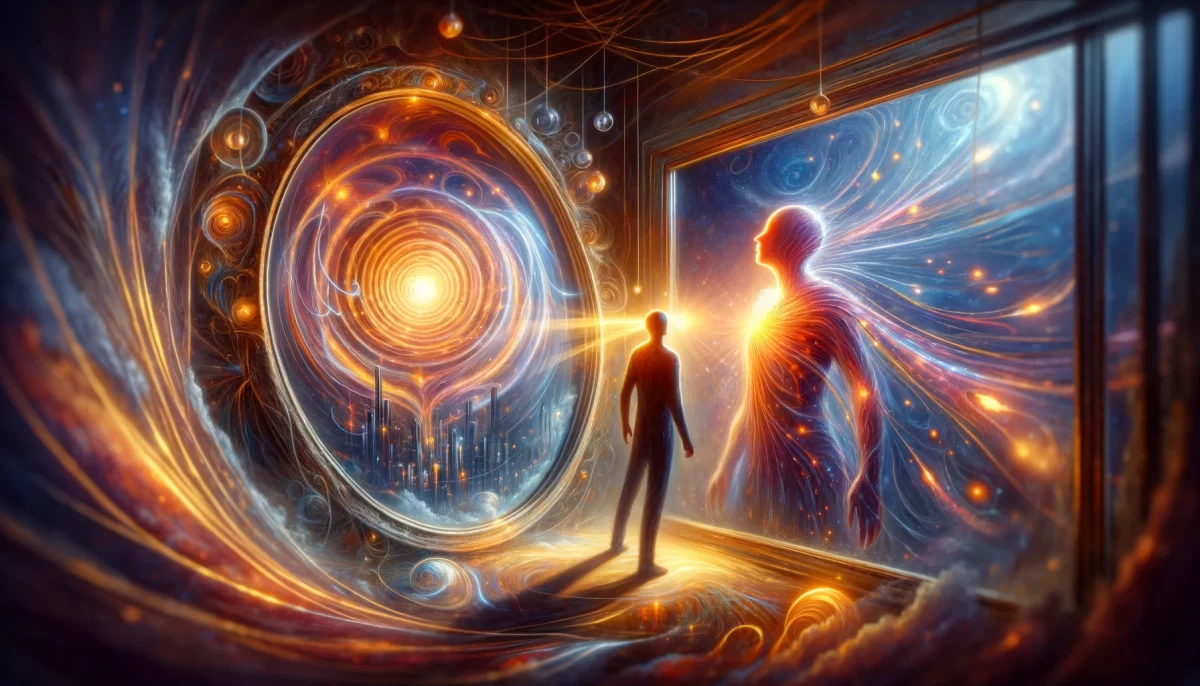
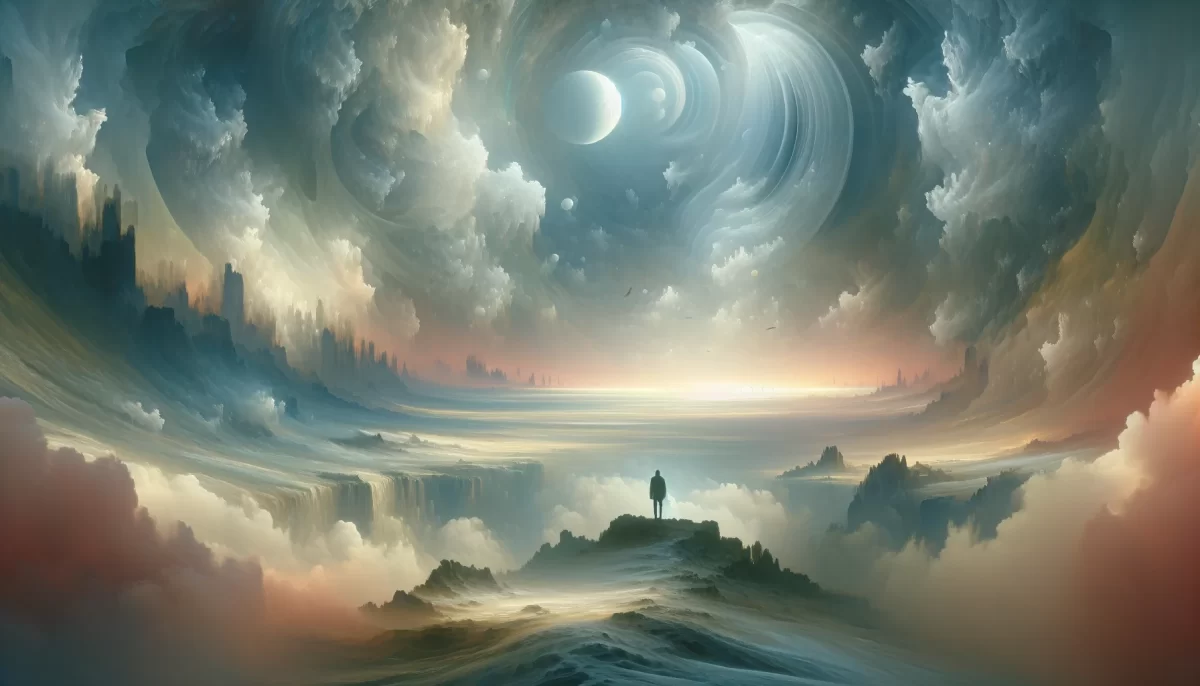





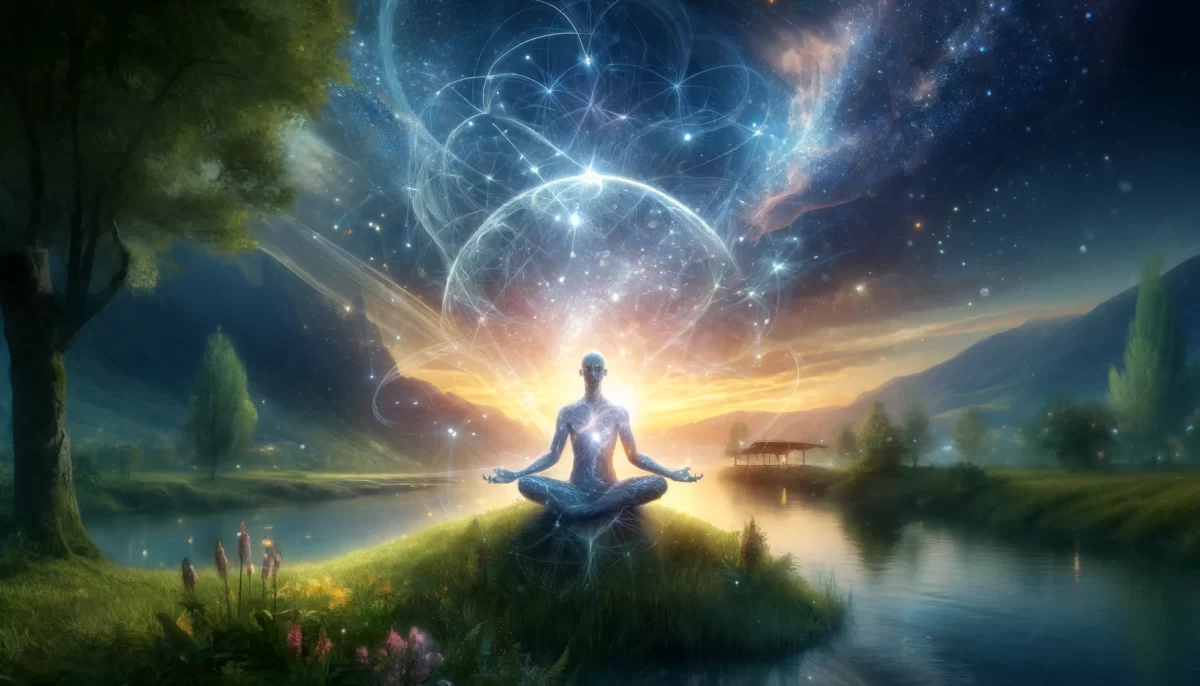

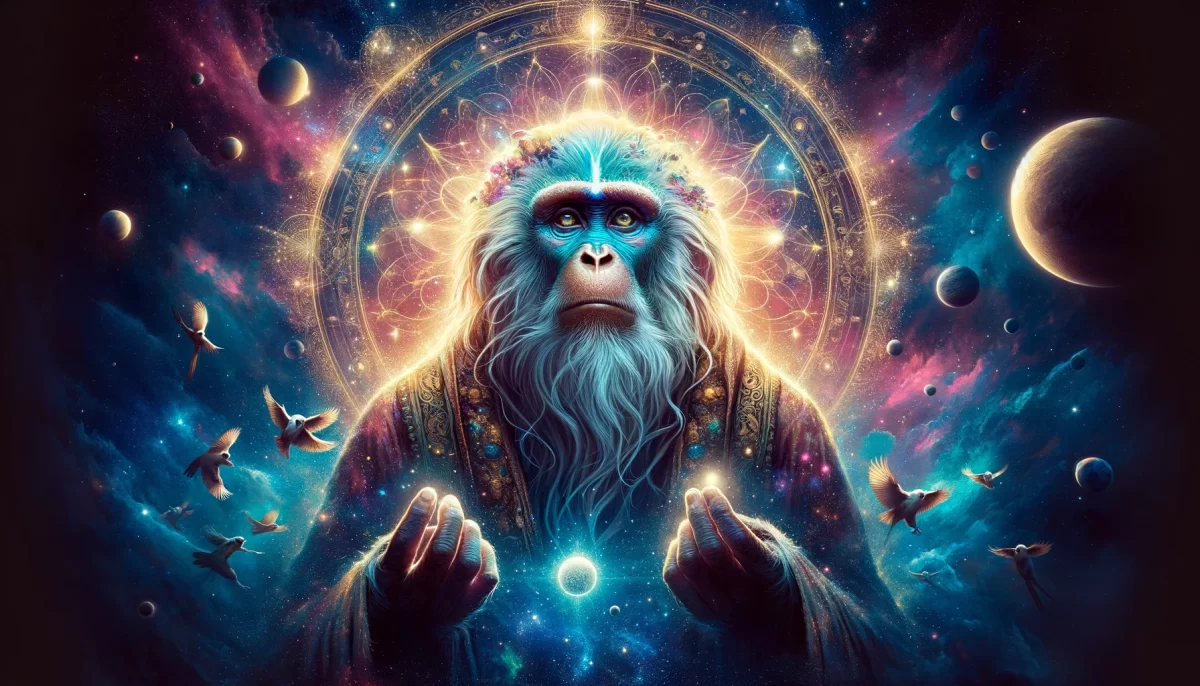

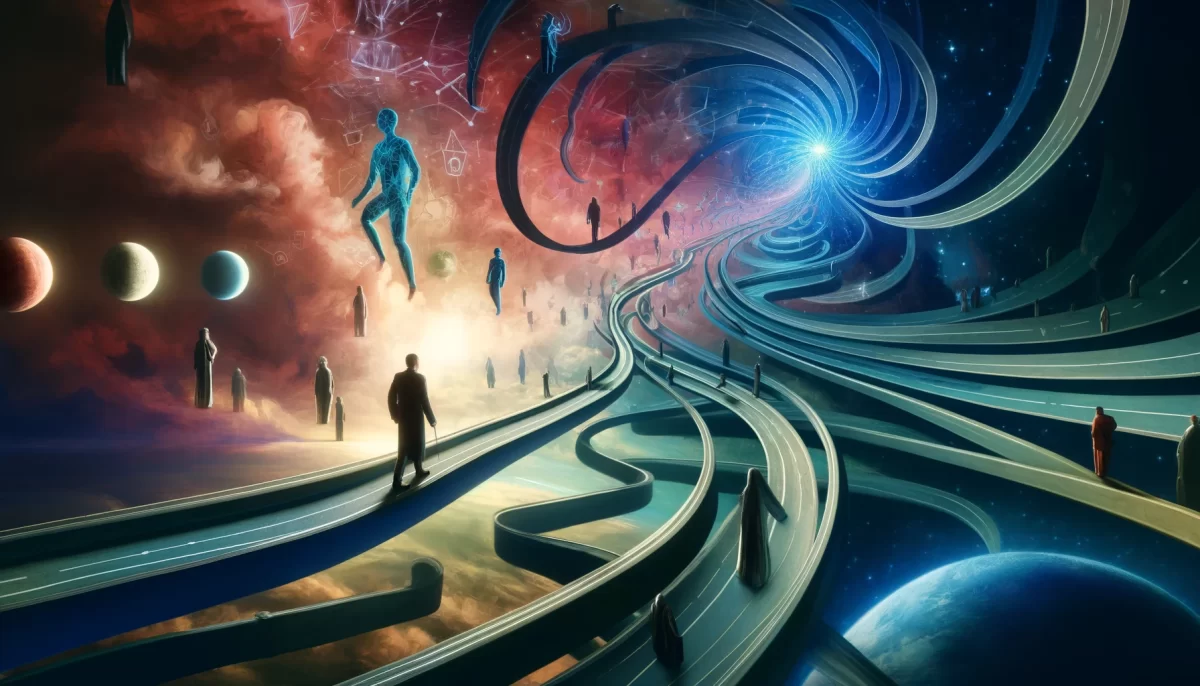
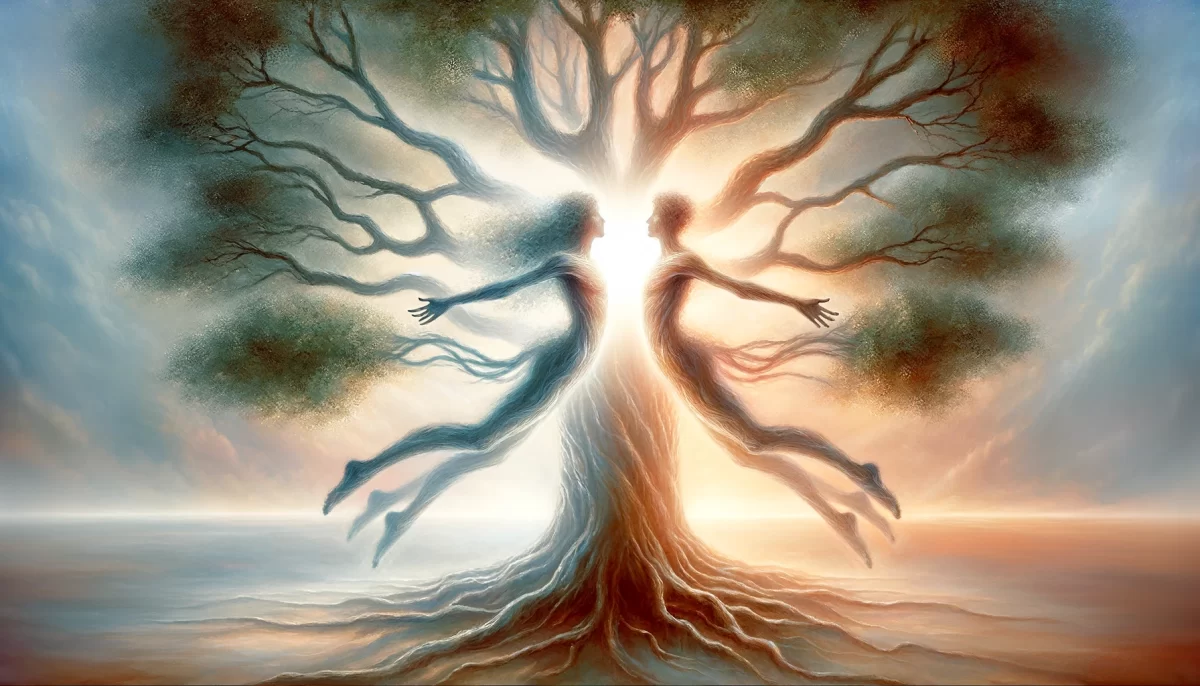
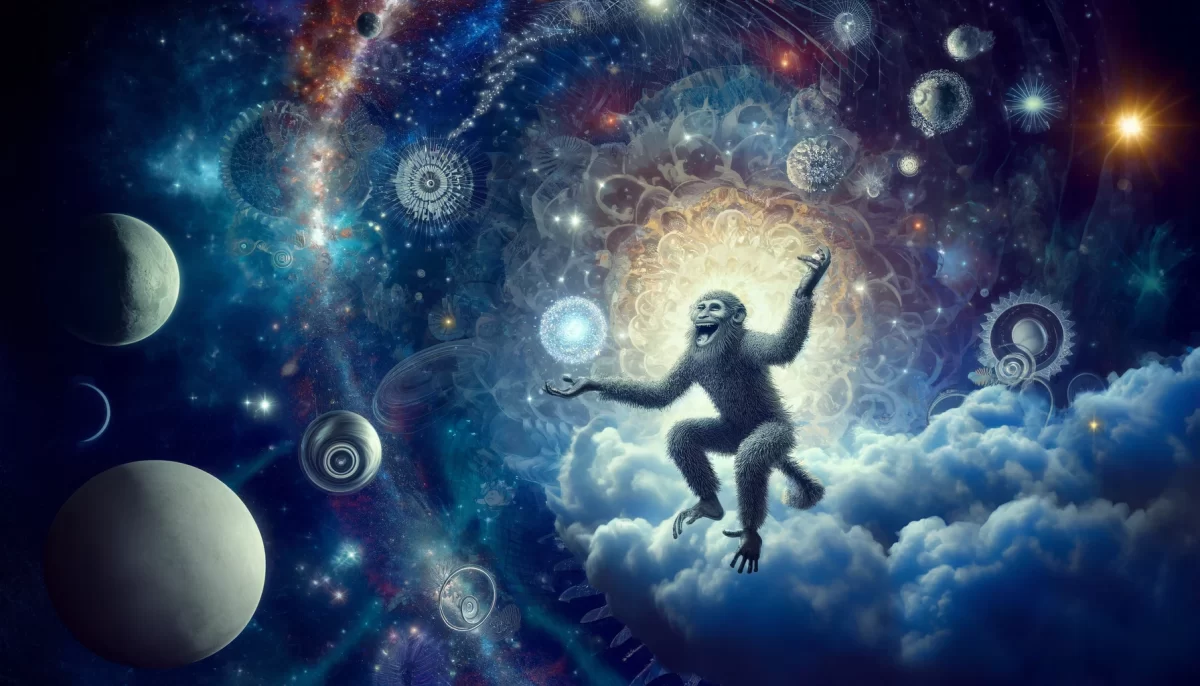
This poem suggests the idea that there are organisms that show up in an environment that either take advantage of what the environment offers (opportunistic plants and animals) or give the environment what it needs to be healthy. The speaker wonders if they themselves are one of these organisms that contribute to the health of their environment. The poem encourages the reader to consider the impact they have on their surroundings and to strive to make a positive difference, even if the naturalist’s story may not be true.